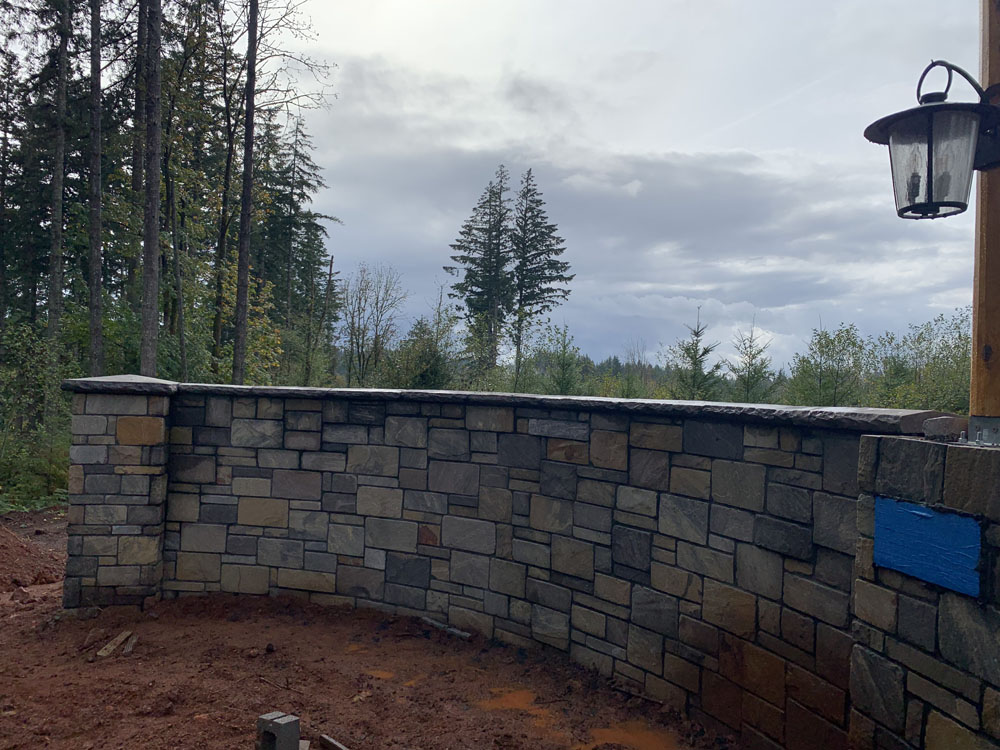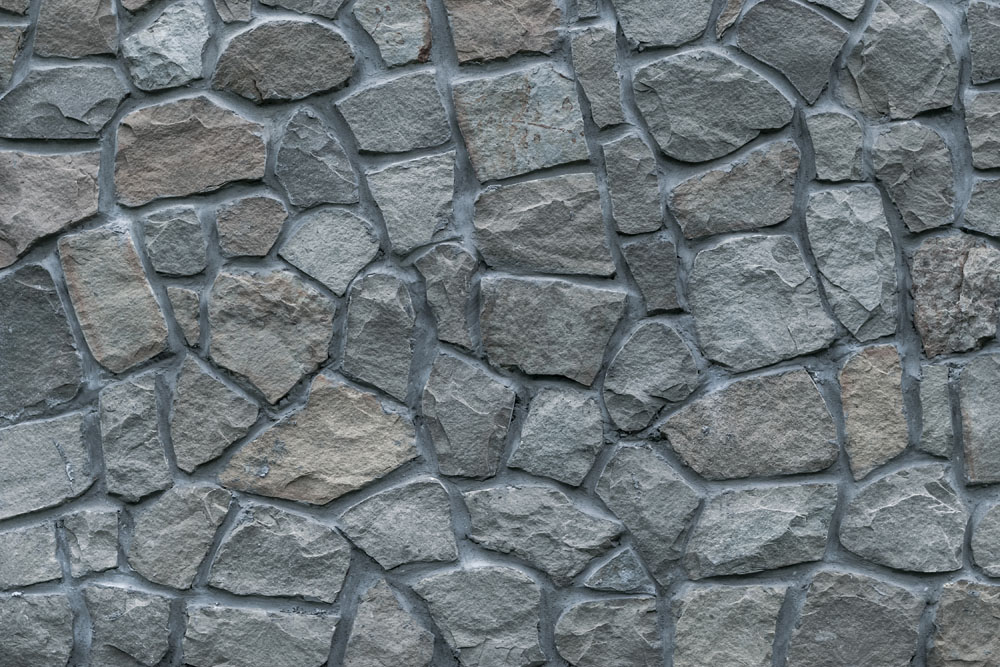Creating a seamless flow within our spaces is essential for both aesthetic appeal and functional utility. The design of interconnected pathways plays a crucial role in this endeavor, guiding visitors through landscapes while enhancing the overall experience. In this article, we will explore various aspects of creating flow with interconnected pathways, including masonry walkways, stone walkways, and other innovative designs that can transform any outdoor area into a harmonious oasis.
Understanding the Importance of Pathways
Why Are Pathways Important?
Pathways serve as the veins of our outdoor spaces, guiding movement and connecting different areas while providing visual structure. They are not merely functional elements; they also enhance the overall aesthetic and can significantly influence the ambiance of a garden or yard.
The Role of Interconnected Pathways in Landscape Design
Interconnected pathways allow for a fluid transition between different zones—be it from the front yard to the backyard or from one garden bed to another. These paths create an inviting environment and encourage exploration, making outdoor spaces more enjoyable.
Choosing the Right Materials for Your Walkway
Exploring Masonry Walkways
Masonry walkways are durable and versatile options for creating beautiful paths through your garden or yard. They can be crafted from various materials like brick, stone, or concrete. Each offers unique benefits:
- Longevity: Masonry is known for its durability. Aesthetic Variety: Different styles can complement various landscape designs.
Benefits of Stone Walkways
Stone walkways provide a natural aesthetic that blends beautifully with outdoor environments. Whether you opt for flagstone, slate, or cobblestone, these materials offer:
- Natural Look: They enhance the organic feel of any landscape. Customization: Stone can be arranged in countless patterns and styles.
Designing Your Interconnected Pathways
Creating Flow with Curved Paths
Curved paths create a gentle flow that invites exploration. Unlike straight paths that may lead directly to a destination, curves can create an element of surprise as visitors navigate their way through your space.
Incorporating Functional Elements in Pathway Design
When designing interconnected pathways, consider integrating functional elements such as benches or lighting fixtures. These additions not only enhance usability but also contribute to the overall design aesthetic.
Integrating Nature with Your Pathway Design
Using Plants to Frame Pathways
Plants play an essential role in pathway design. Incorporating greenery along your walkway will soften transitions and add layers of texture and color throughout the year. Consider using low-growing plants or flowers that bloom at different times for continuous interest.
Water Features Along Pathways
Adding water features like small ponds or fountains creates soothing soundscapes that enhance the sensory experience of walking through your space. They provide visual interest and can draw wildlife into your garden.
Lighting Solutions for Interconnected Pathways
Importance of Proper Lighting
Good lighting is essential for safety and ambiance when it comes to pathways. It ensures visibility during nighttime strolls while also adding warmth to your outdoor space.
Types of Lighting Options
Solar Lights: Eco-friendly options that require no wiring. LED Strips: Can be placed along edges for subtle illumination. Spotlights: Highlight specific features along your path.Maintaining Your Masonry Walkway
Regular Cleaning Techniques
To keep your masonry walkway looking pristine, regular cleaning is necessary. Use a pressure washer for deep cleaning but be cautious not to damage delicate stones.
Repairing Damaged Sections
Over time, some sections may become damaged due to weather conditions or heavy foot traffic. Knowing how to replace bricks or stones will preserve the integrity of your walkway.
Creating Inviting Entry Points with Pathways
Designing Attractive Entrances
The entrance to your property sets the tone for what lies beyond. Use interconnected pathways leading up to an inviting door or gate adorned with welcoming plants and decorations.
Focal Points Along Your Pathway
Incorporate focal points like sculptures or decorative pots strategically placed along pathways to draw attention and create interest as visitors stroll through your space.
Sustainability in Pathway Design
Eco-Friendly Materials Options
Consider using recycled materials such as reclaimed bricks or stones when constructing pathways. Sustainable choices not only reduce environmental impact but also add character to your design.
Rain Gardens Along Pathways
Incorporating rain gardens alongside pathways helps manage stormwater Masonry Contractor runoff while adding beauty and biodiversity to your landscape.
The Benefits of Professional Installation
Why Hire Experts?
While DIY projects can be rewarding, hiring professionals ensures quality workmanship—especially vital in masonry work where precision is key.
Long-Term Cost Effectiveness
Investing in professional installation may seem costly upfront but ensures durability that saves you money on repairs down the line.
Innovative Ideas for Interconnected Walkway Designs
Mixing Materials
Combining different materials such as wood chips with stone creates visually rich textures while still being practical.
Incorporating Artistic Elements
Consider incorporating artistic mosaics into stone walkways—a creative touch that makes every step unique!
Pathway Patterns That Enhance Flow
Straight vs Curved Patterns
Straight patterns provide efficiency while curved options offer exploration—what's right depends on personal style!
Zigzag Patterns for Interest
Zigzag patterns break up linearity—it’s playful yet purposeful!
Seasonal Considerations for Designing Paths
Winter-Proofing Your Walkway
Ice melters should be used cautiously on masonry! Opt instead for sand mixtures when winter hits.
Summer Shade Solutions
Plant trees strategically near walkways—they’ll provide shade during hot months!
Safety Measures Around Walkway Designs
Non-Slip Surfaces Matter!
Ensuring surfaces are non-slip prevents accidents especially during wet conditions—consider textured stones!
Proper Edging Techniques
Edging not only enhances aesthetics but keeps gravel within bounds preventing trip hazards!
Case Studies: Successful Interconnected Pathway Projects
1) Community Garden Revamp: A local community transformed its neglected park into an enchanting garden complete with winding stone paths attracting visitors all year round.
2) Residential Backyard Oasis: Homeowners utilized masonry walkways leading toward tranquil seating areas creating harmony between nature & relaxation spots!
3) Modern Urban Landscaping: An urban square integrated modern designs featuring sleek lines paired off with lush greenery providing respite amidst bustling city life!
FAQs About Creating Flow with Interconnected Pathways
1) What types of materials work best?
- Masonry products like bricks & natural stones are popular due their durability & aesthetics respectively!
2) How do I maintain my walkway?

- Regular sweeping followed by pressure washing keeps dirt away; replace damaged parts promptly too!
3) Can I install it myself?
- Yes! But ensure you're well-equipped (tools + knowledge); otherwise hire pros who specialize in masonry projects!
4) What’s suitable landscaping around my path?

- Low-maintenance flora works wonders! Think succulents & perennials—less fuss means more enjoyment.
5) How do I add lighting without compromising style?
- Subtle placements alongside edges enhance visibility without overwhelming design aesthetics—think ambient rather than harsh bright lights!
6) Are there eco-friendly options available?
- Absolutely! Recycled materials & native plantings make great sustainable choices!
Conclusion
Connecting spaces through thoughtfully designed interlinked pathways enriches our interaction with nature while enhancing functionality across landscapes—be it residential yards parks alike! By choosing quality materials such as masonry walkways/stones combined well-planned layouts; we unlock endless possibilities transforming mundane areas into breathtaking retreats inviting exploration delightfully!
Ultimately remember—it’s about creating flow; fostering connections between people spaces alike—and there's no better way than investing time resources designing those perfect paths illuminating journeys ahead!
This article provides insights into creating flow through interconnected pathways using various techniques while emphasizing sustainability practicality ensuring readers leave equipped knowledgeably inspired undertake their own journey towards designing beautiful outdoor spaces!